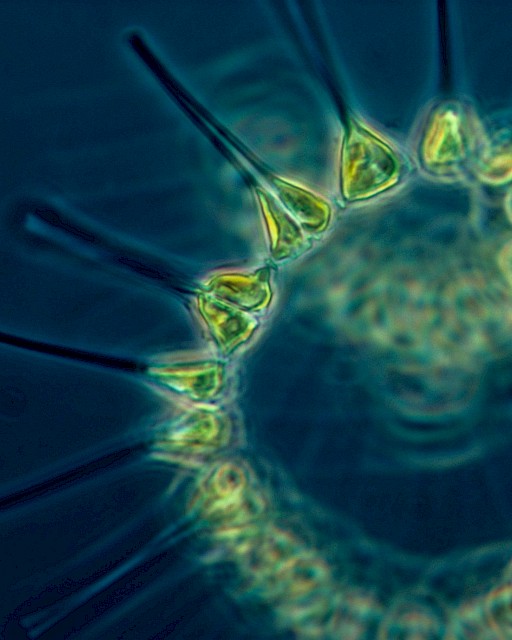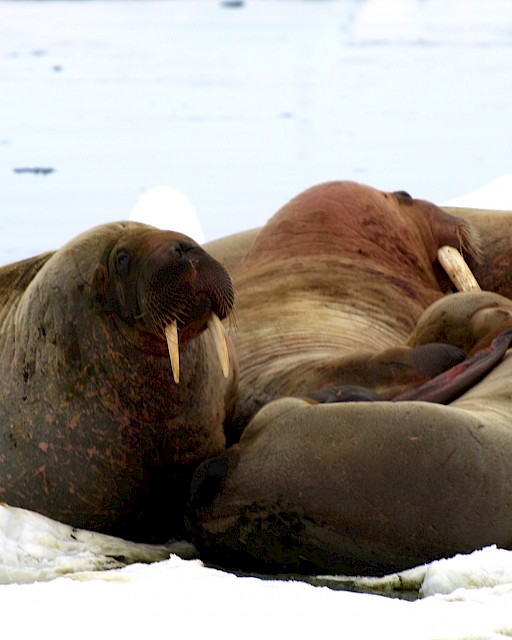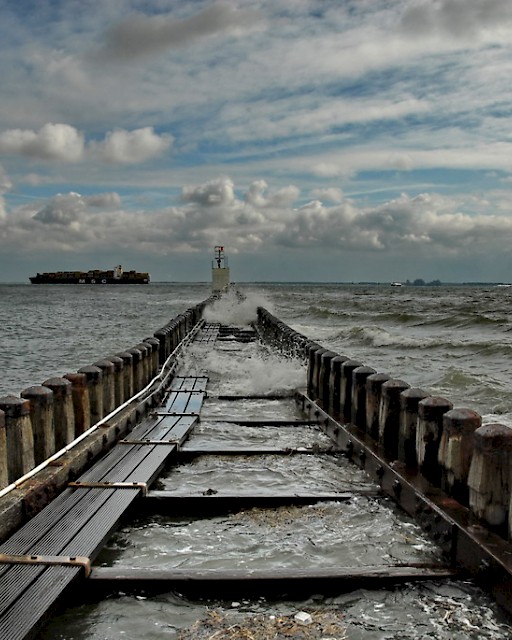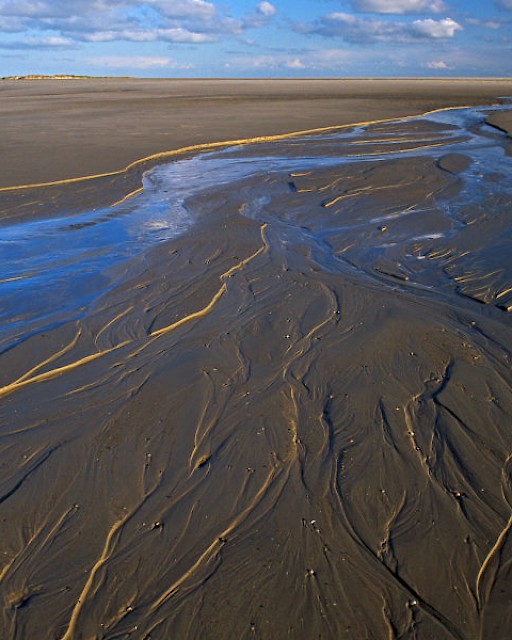The OSPAR Acquis: Decisions, Recommendations & Agreements
The OSPAR Acquis - the Decisions, Recommendations and Other Agreements that constitute the accumulated body of OSPAR measures and actions
The Convention for the Protection of the Marine Environment of the North-East Atlantic ("OSPAR Convention") replaces the former Oslo and Paris Conventions.
Decisions, Recommendations and all Other Agreements adopted under those former Conventions continue to be applicable unless they are terminated by new measures adopted under the OSPAR Convention. Any Decisions, Recommendations and Other Agreements adopted under the Oslo and Paris Conventions that were considered to no longer apply under the OSPAR Convention were revoked by OSPAR Decision 98/1.
Maintaining the OSPAR Acquis
The latest list of Decisions, Recommendations and Other Agreements applicable within the framework of the OSPAR Convention is available here.
At its meeting in 2009, OSPAR agreed that there was no need for the OSPAR Commission to carry out annual reviews of this list. The Secretariat keeps the list up to date as new or amended measures are agreed. The OSPAR Committees review the applicability of any Decision, Recommendation or Other Agreement that relate to their area of responsibility and inform the meeting of the Commission as appropriate (at least every 5 years) of any that need to be updated, or that are proposed to be set aside. Those Decisions, Recommendations and Other Agreements that are set aside are indicated by blue shaded text in the List of Decisions, Recommendations and Agreements.
The Commission reviewed the acquis in 2003, 2007, 2010 and 2017/18.
Implementation of OSPAR measures
Under the North-East Atlantic Environment Strategy (NEAES) 2010-2020 the OSPAR Commission was guided by its vision of a clean, healthy and biologically diverse North-East Atlantic Ocean, used sustainably. In seeking to deliver this vision the OSPAR Commission has harmonised policies and strategies and drawn up measures and actions to protect the marine environment. These are captured in the OSPAR Measures and Actions Programme (MAP), which maintains an overview of the implementation of the measures in the OSPAR aquis. This information is maintained in the OSPAR MAP Matrix.
In 2015 OSPAR published an overview of the ‘Existing OSPAR measures in support of MSFD programmes of measures’ (Publication 2015/665). This document provides a regional overview of OSPAR measures that support the achievement of good environmental status in marine waters under the EU MSFD.
OSPAR 2020 agreed a progress report on implementation of OSPAR measures in support of the review of North-East Atlantic Environment Strategy 2010-2020. The report builds on the information maintained in the OSPAR MAP Matrix.
Implementation successes
OSPAR’s measures and actions programme over the period 2010-2020 focused on:
- the development of measures for the protection and conservation of biodiversity identified for priority action with programmes of action adopted for 40 species and 16 habitats and 3 rounds of implementation reporting completed;
- consolidation of OSPAR’s network of marine protected areas, including in areas beyond national jurisdiction, which has resulted in 550 MPAs being nominated to the OSPAR MPA network, with annual implementation reporting through a data call to also maintain up to date information about the MPAs in an OSPAR MPA database;
- the establishment of a risk-based approach for the management of produced water discharges from the offshore oil and gas industry to complement the OSPAR harmonised mandatory control system for offshore chemicals and promote the shift towards a reduction in the use of more hazardous substances;
- the full implementation of the ban on the dumping or leaving in place of disused offshore installations;
- the full implementation of the measure on the application of the BAT and BEP in nuclear facilities have resulted in a reduction of discharges from the nuclear sector
- successfully phasing out all mercury cell chlor-alkali plants in the OSPAR Maritime Area as a result of its Contracting Parties fully implementing PARCOM Decision 90/3 on reducing atmospheric emissions from existing chlor-alkali plants;
- development and implementation of the Regional Action Plan on marine litter, including measures on fishing for litter and sustainability education programmes for fishers.
OSPAR has also maintained a watching brief on the measures being taken by other competent authorities in the fields of management of land-based sources of hazardous substances and nutrients, the management of fisheries and other human activities with the potential to impact biodiversity. Where needed OSPAR brought matters of importance to the attention of the relevant authorities.
Strategy for the Protection of the Marine Environment of the North-East Atlantic (NEAES) 2030
In 2021, at the Ministerial Meeting held in Cascais, Portugal, a new Strategy for the Protection of the Marine Environment of the North-East Atlantic (NEAES) 2030 (OSPAR Agreement 2021-01) was adopted, together with an Implementation Plan to guide the work to deliver the Strategy.
View All AgreementsView All DecisionsView All Recommendations
Found 435 Decs, Recs & Ags:






